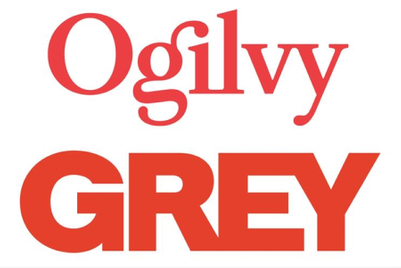
“TV is like my parents”, says Lin Wen, a 19-year old student in Shanghai. “I don’t always listen closely when they’re talking but I hear them when it matters…. And hearing their voice at home makes me feel everything is okay and normal. But my phone is an extension of me. Like a close friend—or maybe my boyfriend.”
Looking beyond the metrics, a qualitative understanding of changing media habits reminds us of an important feature of digital consumption that we should start paying more attention to: It isn’t just the time spent on various media that is changing, we are also seeing a change in the emotional meaning of different devices and people’s relationship with them. This has important implications for contextual targeting.
The shift to digital media in China is happening at breakneck speed and ahead of the rest of the world. People in China now own approximately three digital devices each, rising to five in Hong Kong and Taiwan. Meanwhile one third of Chinese consumers (33 per cent) are now choosing to watch online videos via their smartphones, PCs and tablets. Coupled with the dominance of TV at specific time slots, this is creating a market where the promise of contextual targeting seems ripe.
Much of the discussion about contextual targeting revolves around selecting media to target moments that matter, with messaging relevant to the moment. But the nature of the device itself creates a mindset and emotional context that determines how that message will be received.
TV is often described as background noise—it’s a warmth creator, the fabric that holds families together in a shared space as each family member goes about their own activities. We may worry about fragmented attention, but consider what low involvement viewing potentially means:
- People are less prone to switching channels during commercial breaks, and simply turn their attention to their smartphone—so while not fully switched on, they aren’t fully switched off either.
- Low-intensity viewing also makes for greater tolerance of brand messaging. TV advertising is now more likely to fall into an open, relaxed space rather than disrupt and intrude on a viewing experience.
- Of course, audio cut-through is far more vital than visual cut-through in this environment.
The emotional context surrounding smartphones could not be more different. The phone is personal and intimate, a close friend and holder of secrets. It’s the first encounter in the morning and the last one at bedtime. It is both a retreat from chaos and a filler of empty moments; it also defines a space where unwanted intrusions are unwelcome. This personal context underpins the way IM is used, for example in the distinction made between Weibo and Weixin.
With IM being regarded as the next big thing in brand engagement initiatives, it is important to tread cautiously here. People may be willing to invite brands in, but the ‘what’s in it for me’ needs to be very clear with respect to tangible as well as emotional value. Overt brand agendas are likely to be rejected, but getting it right provides access to a highly engaged mindset.
The magic mantra of contextual targeting—Medium, Message and Moment—could do with a fourth 'M': an understanding of the Mindsets that surround interaction with various devices. This ensures that a digitally engaged youngster like Lin Wen will receive content appropriate to the medium she is using.
Anjali Puri is Head of Centre of Excellence, Global Qualitative Practice, TNS


+1.jpg&h=268&w=401&q=100&v=20250320&c=1)



.jpg&h=268&w=401&q=100&v=20250320&c=1)


